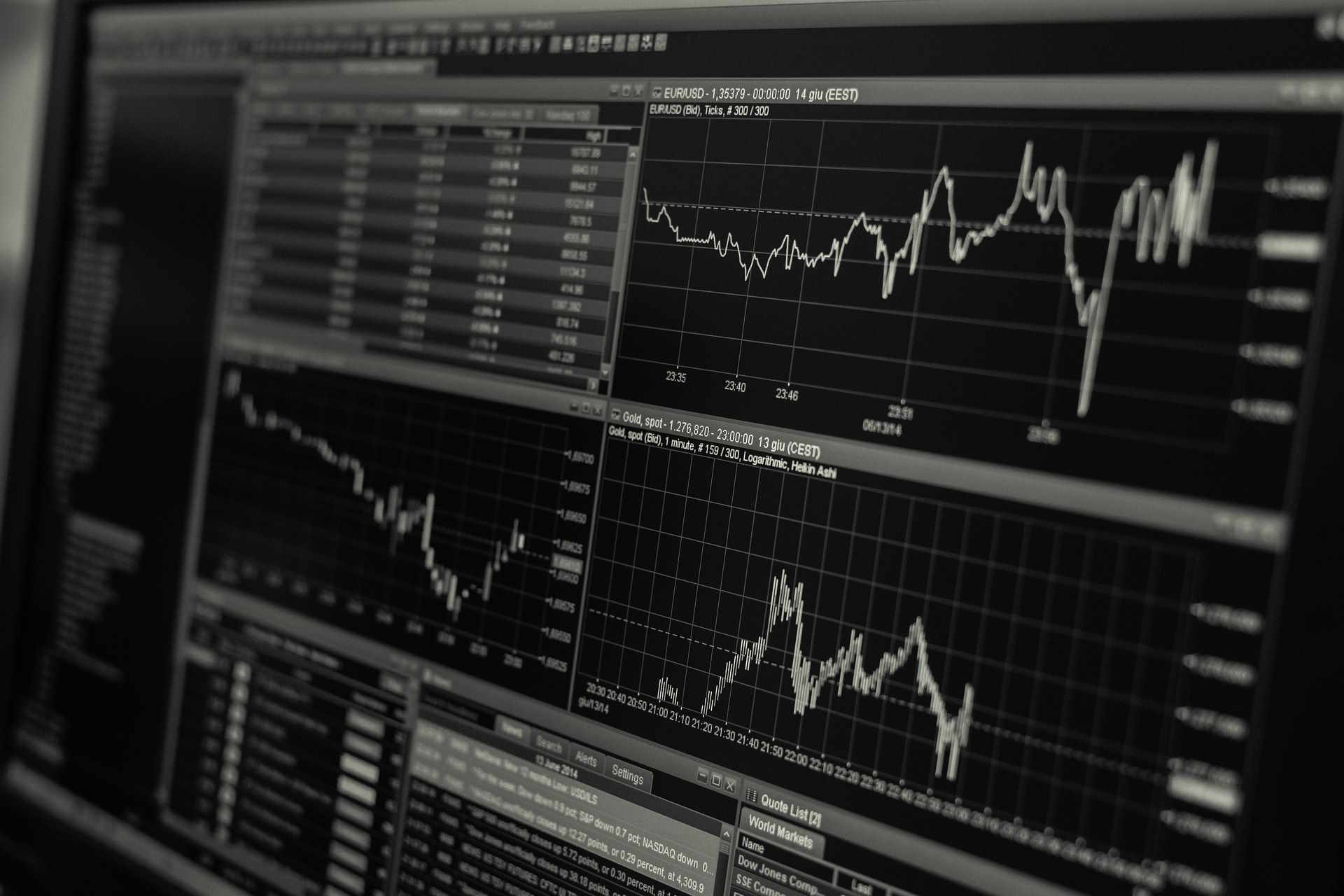Forex Trading: How the Currency Market Works
Forex trading involves buying and selling currencies to profit from changes in exchange rates. As the largest and most liquid financial market globally, forex operates across time zones and is driven by macroeconomic data, central bank policy, trade flows, and market sentiment. Understanding how currency pairs, trading mechanics, and risk management interact is essential for anyone considering participation in this market.

What is forex and who participates in the market?
Forex refers to the foreign exchange market where currencies are exchanged and priced relative to one another. Participants range from central banks, multinational corporations, and institutional investors to retail traders and local services such as boutique investment firms. Central banks use the market for monetary policy and reserves management, while companies hedge currency exposure from cross-border business. Retail traders access the market through brokers and platforms that aggregate liquidity from larger participants.
How does trading work in currency pairs?
Forex trading always involves a pair: one currency quoted against another, such as EUR/USD or USD/JPY. The first currency is the base and the second is the quote; the price shows how much of the quote currency is needed to buy one unit of the base. Traders take long or short positions depending on expectations for relative currency strength. Orders can be market, limit, stop, or conditional, and executions may involve spreads, commissions, or both. Many platforms offer demo accounts to practice order types and execution before risking real capital.
Which currency factors drive market moves?
Currency values are influenced by economic indicators (inflation, employment, GDP), interest rate differentials, political developments, trade balances, and risk sentiment. News releases and central bank statements often cause short-term volatility, while structural factors—like demographic trends or commodity dependence—can influence longer-term trends. Currency correlations and cross-pair dynamics mean moves in one pair often ripple across others, so monitoring macroeconomic calendars and market sentiment is a practical part of analysis.
How does the market operate across time zones?
The forex market is decentralized and open 24 hours a day during weekdays, split across major sessions: Asia, Europe, and North America. Liquidity and volatility vary by session; the overlap between sessions (for example, London/New York) typically sees higher volume and tighter spreads. Exchange rate discovery happens continuously, with prices formed by interbank trading, electronic communication networks (ECNs), and broker-dealer platforms. Market structure means that execution quality, latency, and counterparty risk matter, especially for active traders.
What financial risks exist and how can they be managed?
Forex trading carries several financial risks: market risk from adverse price moves, leverage risk that amplifies gains and losses, counterparty risk with brokers or institutions, and operational risks like platform outages. Risk management tools include position sizing, stop-loss and take-profit orders, diversification across pairs, and stress testing of worst-case scenarios. Traders should set risk-per-trade limits (commonly a small percentage of capital) and maintain disciplined money management. Understanding margin requirements and how margin calls are handled by your broker is essential to avoid forced liquidations.
Practical considerations for choosing platforms and local services
When selecting a broker or platform, evaluate execution model (ECN vs market maker), regulatory oversight, platform stability, customer support, and available educational resources. Many providers offer local services or regional offices that can assist with account setup and compliance in your area. Costs include spreads, commissions, overnight financing (swap) rates, and potential inactivity fees; these vary by provider and account type. Look for transparent pricing, reliable trade execution, and clear terms on deposits/withdrawals. Demo testing and reading independent reviews can help assess suitability for your trading goals.
Conclusion
Forex trading is a complex but accessible market that combines macroeconomic drivers, technical factors, and trading psychology. Success relies on a solid understanding of currency pairs and market structure, disciplined risk management, and careful selection of trading platforms and local services. Whether approaching forex as a hedge, a speculative activity, or part of a broader financial plan, clear objectives and ongoing education are foundational to navigating this continuously operating market.






